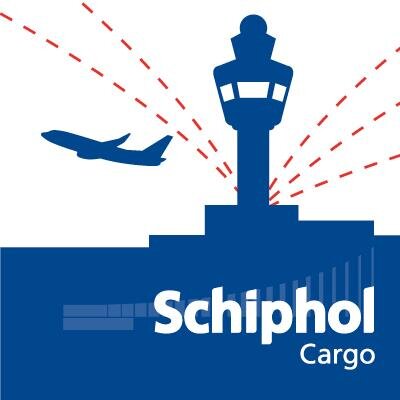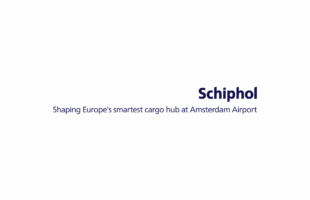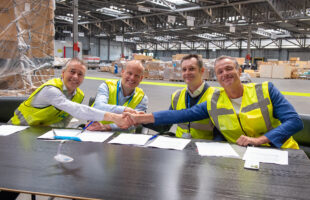
Amsterdam Airport Schiphol’s cargo tonnage trends moved closer to those of 2014 in the third quarter of 2015, narrowing the deficit to 1.44 per cent year to date.
Q3 saw a total of 409,034 tonnes of cargo handled through the airport, fractionally (0.08 per cent) down on the same period of 2014. Weakness in Asia (down 5.0 per cent) and Europe (down ten per cent) business was counteracted by stronger performances in North America (up 2.3 per cent), Middle East (up eight per cent), Africa (up four per cent) and Latin America (up twelve per cent). Freighter movements were down 1.9 per cent in the period, totalling 4,079.
The quarter’s stronger performance brought year-to-date tonnages closer to 2014’s record levels, at 1.19 million tonnes (-1.44 per cent). Within the total, Asia continued to hold top position with 37.8 per cent share of year to date tonnages, and North America took second place with 19.2 per cent, with Middle East (13 per cent) Africa (10.9 per cent), Latin America (10.8 per cent) and Europe (8.3 per cent) accounting for the balance. Freighter movements were up fractionally by 0.4 per cent at 12,318.
Reflecting the cooling of industrial output from China, which is Schiphol’s single largest market, year-to-date imports were down 2.8 per cent, accounting for 50.6 per cent of all cargo; exports, however, were level with 2014, and accounted for 49.4 per cent of traffic.
Says Amsterdam Airport Schiphol director – cargo, Jonas van Stekelenburg: “We are pleased to see the gap between 2015 and 2014 narrowing, helped by recent major shipments of mobile phones, and generally strong performance in our non-Asian markets.
“The tonnages to date are still down slightly on 2014, which was a record year; but, when compared to 2013, they are actually up 6.5 per cent. The underlying trend is generally positive, therefore.
“We can never escape the volatility of airfreight markets, but we can and will insulate our carriers and logistics community as far as possible by continuing our campaign to drive paper, inefficiency and cost from the supply chain. Innovation remains very much our major focus, as we collaborate with our stakeholders to facilitate the best possible user experience.”









